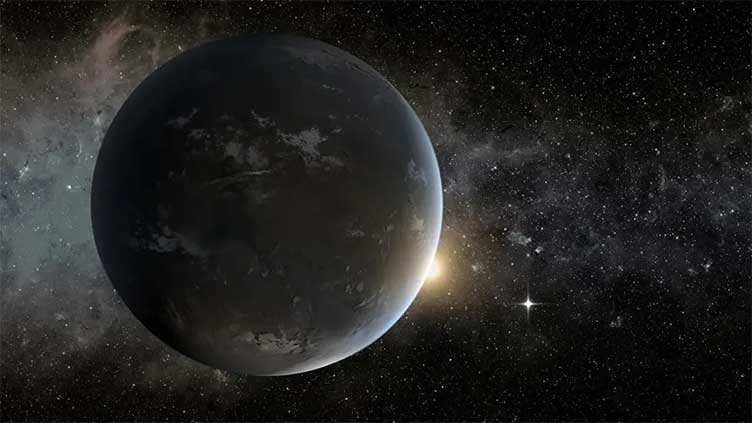'Beach resort' planet with water could be future astro-tourist hotspot

Technology
Exoplanet LHS 1140 b is just one of them
(Web Desk) – There are planets beyond our own that could be hiding untouched paradises.
Exoplanet LHS 1140 b is just one of them - and could make a great beach resort for astro-tourists of the future.
First unveiled in 2017, LHS 1140 b is 41 light-years away, and may be humanity’s best chance of finding liquid water on a world outside our solar system.
There’s one pretty big hitch, however - anyone boarding a rocket destined for LHS 1140 b would likely die long before they arrived.
If they don’t, then they would probably be very old, and not quite up for the water sports that could be on the cards.
Even the closest of exoplanets are too far away to visit.
And although this world is relatively close to our own in cosmic terms, it would still take 41 years to get there - while travelling at the speed of light.
Of course, we haven’t yet mastered light speed travel - let alone anything faster.
But with a possible ocean temperature of 20C (68F), this planet could host some epic beach days in a few millennia - if humans ever master interstellar travel.
Last year, after falling under the James Webb Space Telescope’s keen eye, scientists were able to find out more about this distant world.
It has a planet mass of 5.6 Earths and a year that lasts just 25 days, according to Nasa.
Data gathered by JWST, the $10 billion telescope Nasa launched into space in 2021, strongly supports LHS 1140 b being an ocean world with a tentative nitrogen atmosphere.
However, further observations are needed to fully confirm this.
"Detecting an Earth-like atmosphere on a temperate planet is pushing Webb’s capabilities to its limits; it’s feasible; we just need lots of observing time,” René Doyon, of the International Research & Exchanges Board (iREx) who studied the data, said in a statement last year.
“The current hint of a nitrogen-rich atmosphere begs for confirmation with more data.
“We need at least one more year of observations to confirm that LHS 1140 b has an atmosphere, and likely two or three more to detect carbon dioxide."
LHS 1140 b is a super Earth exoplanet that lies in the so-called “Goldilocks zone” of its nearest star.


